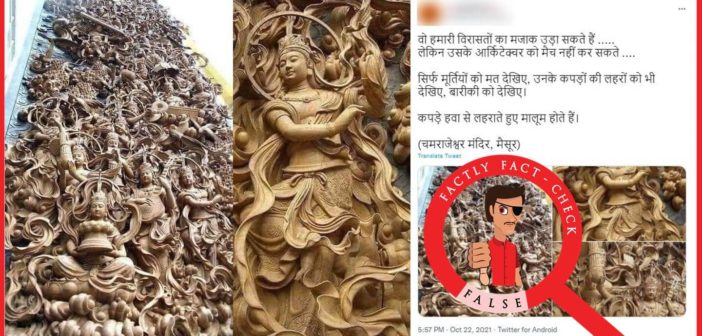A social media post that praises Indian architecture, is being shared with a few images of sculpture attributing them to the Chamarajeshwara Temple in Mysore. Let’s try to find the facts about these sculptures.
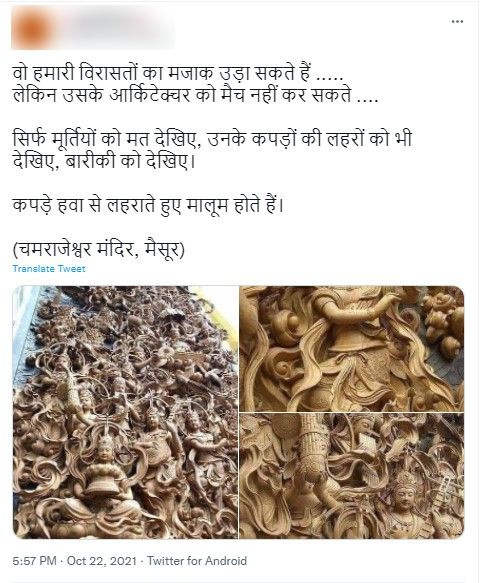
Claim: Images of sculpture in Chamarajeshwara temple, Mysore
Fact: These images are actually of sculpture from Nenbutsushu Sampozan Muryojuji Temple in Kato city, Japan. Although sculpture of the Chamarajeshwara temple built in 1826 represents the prowess of the Indian architecture, the viral images are not related to this particular temple. Hence the claim made in the post is FALSE.
These are images of sculptures from Nenbutsushu Sampozan Muryojuji Temple in Kato city, Japan. Reverse image search of all these three photos led us to the respective same images (here, and here) on Flickr, a stock image repository. As per the information associated with these images, these are sculptures from Nenbutsushu Sanpouzan Muryojuji “The Royal Grand Hall of Buddhism”.
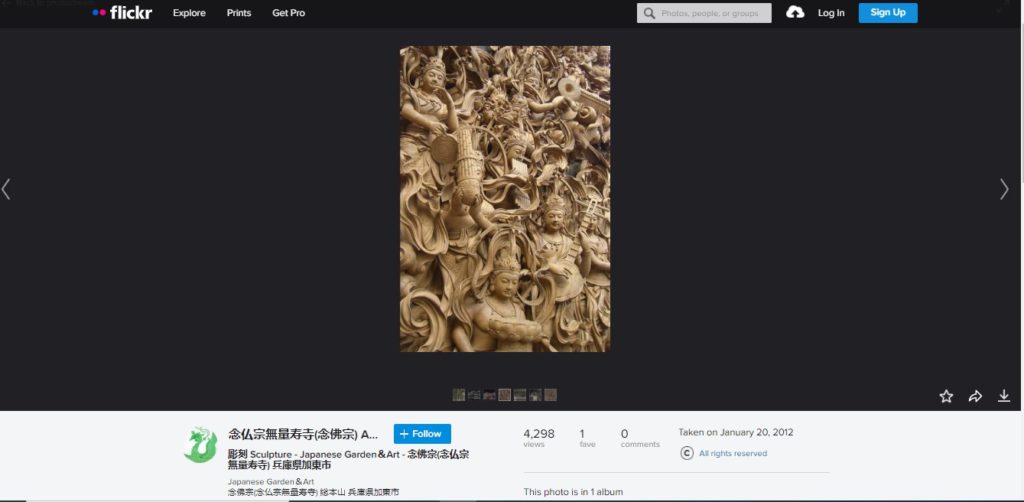
Upon searching the official Facebook and YouTube accounts of Nenbutsushu temple, we found similar sculptures (here, here, and here ). As per the information available on the official website Royal Grand Hall of Buddhism, the Head Temple of Nenbutsushu Sampozan Muryojuji Temple is the first construction of an authentic full-scale Buddhist temple since the erection of the main temple of Obakushu Buddhist Sect in 1661.
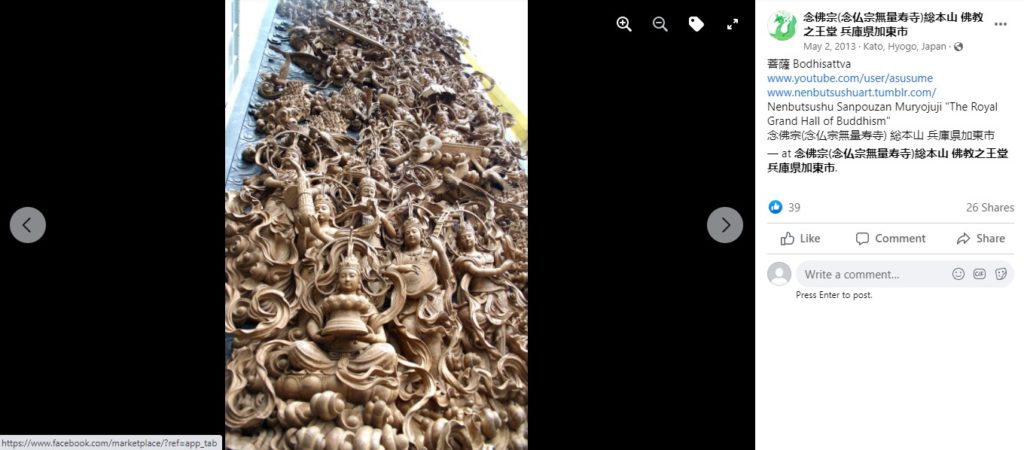
On the other hand, Sri Chamarajeshwara Swamy Temple in Mysore was built by Krishnaraja Wodeyar Bahaddur III in 1826 in the name of his father Chamarajendra Wodeyar. However, neither the official website of the Chamarajeshwara temple nor any other reports of temple architecture (here and here) feature sculptures similar to those in the viral post. Even Google Maps did not yield any image of similar sculptures associating them with the Chamarajeshwara Swamy Temple.
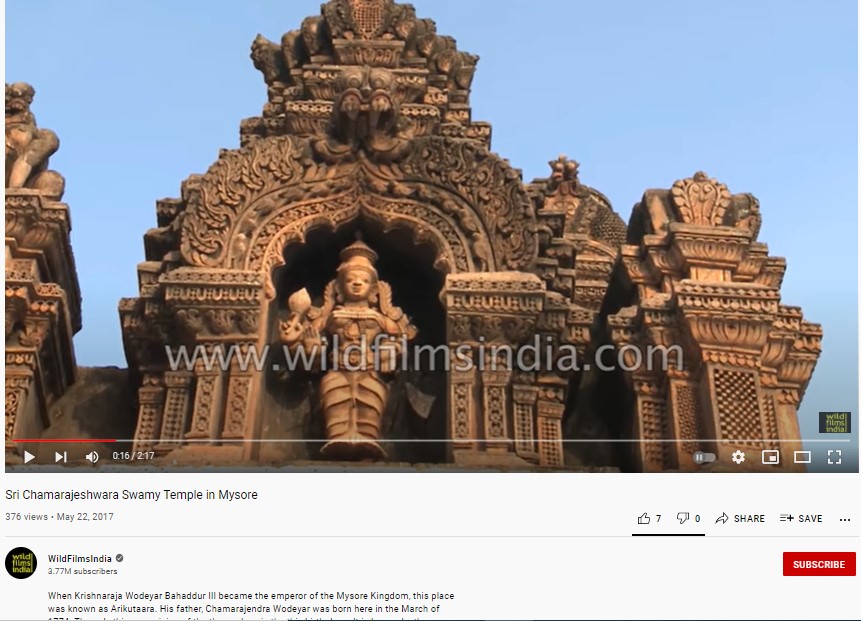
This proves that although sculptures of the Chamarajeshwara temple represent the prowess of Indian architecture, the viral images are not related to this particular temple.
To sum it up, Sculptures from a Buddhist temple in Japan are falsely attributed to Chamarajeshwara Temple in Mysore.


